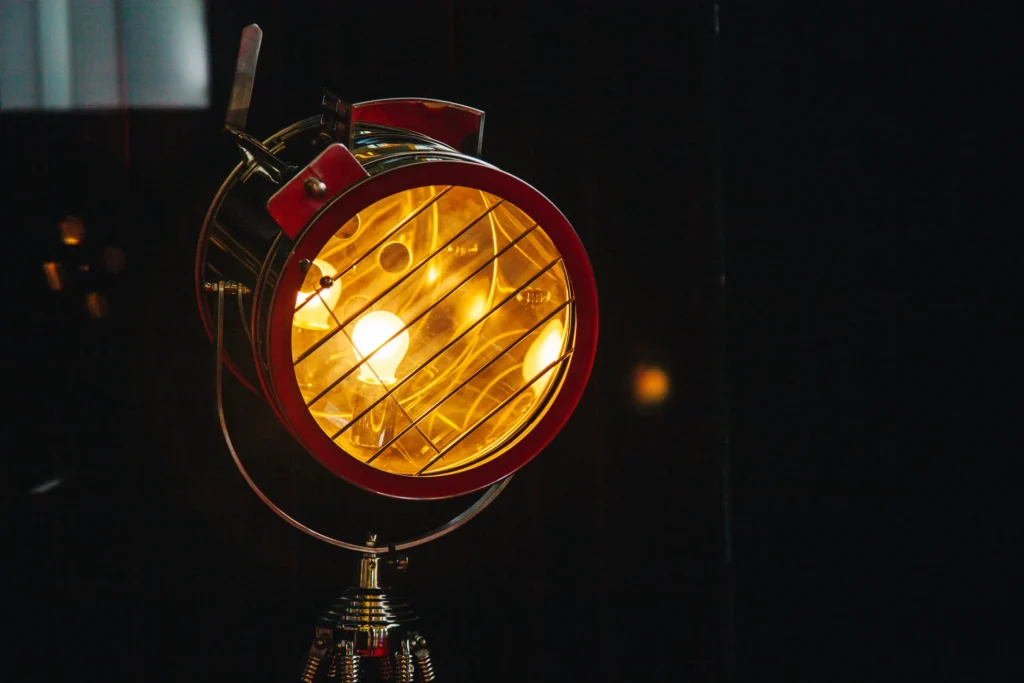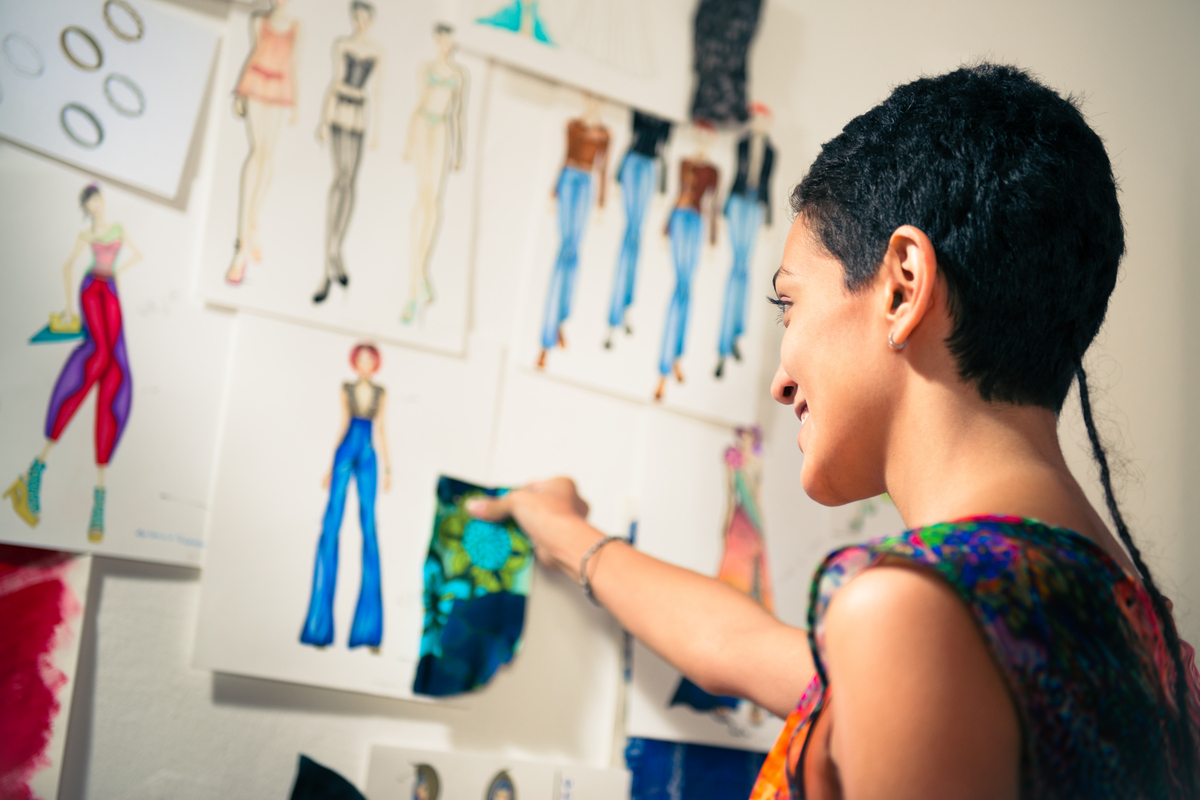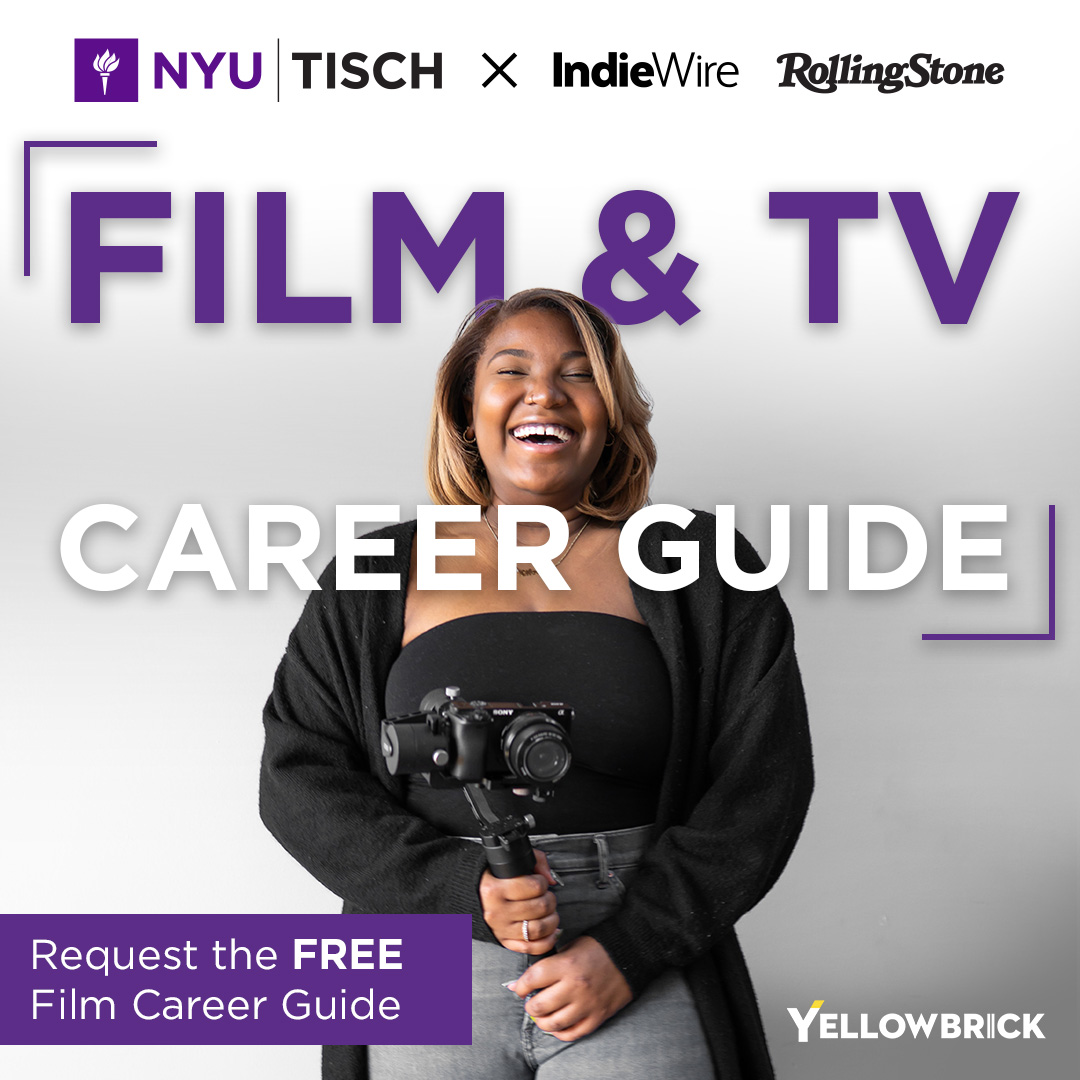Film lighting is an essential element of any successful film production. It is what brings the story to life on screen, and without it, even the most well-written script can fall flat. As a filmmaker, understanding how to use lighting to your advantage is crucial. In this article, we’ll cover the basics of film lighting, including the different types of lighting, lighting techniques, and equipment you’ll need to get started.
Types of Film Lighting
There are three main types of lighting used in film production: key lighting, fill lighting, and backlighting.
- Key Lighting: The main or primary light source within a scene is the key light. Positioned typically at a 45-degree angle and above the subject, the key light is a determinant in setting the scene’s overall look and mood. Its intensity and angle can drastically alter the aesthetics of the shot.
- Fill Lighting: Fill light plays the vital role of reducing the harshness of the shadows produced by the key light. Placed opposite to the key light, it is usually less intense, smoothing out the contrasts within the scene and ensuring balanced lighting.
- Backlighting: This is used to create separation between the subject and the background. It is typically placed behind the subject and above them. Backlighting can also be used to create a halo effect around the subject, giving them a more dramatic appearance.
Lighting Techniques
Once you understand the different types of lighting, it’s important to know how to use them effectively. Here are some common lighting techniques used in film production:
- Three-Point Lighting: As a fundamental lighting setup, three-point lighting employs a key light, fill light, and backlight to provide a well-balanced, natural-looking scene. Predominantly used in interviews and documentaries, this technique is a staple in cinematic lighting.
- High-Key Lighting: High key lighting utilizes a generous amount of fill light to render a brightly lit, uniform scene with minimal shadows. This technique is commonly seen in genres such as romantic comedies or sitcoms, which require a lighter, cheerful ambiance.
- Low-Key Lighting: Contrary to high-key lighting, low-key lighting exploits shadows to cultivate a mysterious, dramatic scene, characterized by high contrast and selective illumination. Often found in thriller and horror genres, low-key lighting heightens suspense and intensity.
Equipment
To achieve professional-looking lighting, you’ll need the right equipment. Here are some essential pieces of equipment every filmmaker should have:
- Lighting Kit: This is a fundamental package that includes a key light, fill light, and backlight, along with essential accessories like stands and diffusion materials. A lighting kit is the base setup required for most lighting designs.
- Gels: Gels are colored translucent filters placed over lights to imbue different moods or atmospheres in a scene. With a variety of colors, gels allow cinematographers to get creative and manipulate the scene’s color temperature.
- Reflectors: Reflectors bounce existing light onto the subject, helping to highlight certain areas or eliminate unwanted shadows. They are an economical and effective tool for enhancing the quality of the light.
- Dimmers: Offering the flexibility to adjust the intensity of the lights, dimmers are pivotal for fine-tuning the lighting to achieve the desired look for a scene.
Key Takeaways
Mastering film lighting is a craft that demands understanding, practice, and an eye for visual aesthetics. With the right techniques and tools at your disposal, you can manipulate lighting to elevate your film from the ordinary and craft truly captivating cinematic experiences. Here are a few key takeaways:
- Understanding the different types of lighting and lighting techniques is essential for any filmmaker.
- To achieve professional-looking lighting, you’ll need the right equipment, including a lighting kit, gels, reflectors, and dimmers.
- Consider taking the NYU Film and TV Industry Essentials online course and certificate program to learn more about film production and gain valuable industry knowledge.








